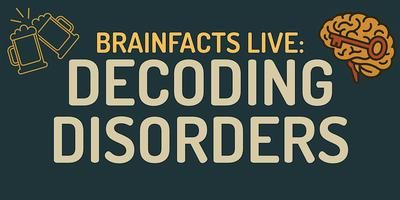

press.princeton.edu/books/hardco...
The event included a short talk by me, a Q&A with a fabulous moderator (Kellianne Kornick) and Q&A with the audience.
www.youtube.com/watch?app=de...
The event included a short talk by me, a Q&A with a fabulous moderator (Kellianne Kornick) and Q&A with the audience.
www.youtube.com/watch?app=de...
sciencehomecoming.com
www.thetransmitter.org/craft-and-ca...

www.thetransmitter.org/craft-and-ca...







Let me share what I see. I'd love to hear your thoughts as well.
Let's start with the semantic map /1
www.thetransmitter.org/state-of-neu...

Let me share what I see. I'd love to hear your thoughts as well.
Let's start with the semantic map /1
www.thetransmitter.org/state-of-neu...
Let me share what I see. I'd love to hear your thoughts as well.
Let's start with the semantic map /1
www.thetransmitter.org/state-of-neu...

Let me share what I see. I'd love to hear your thoughts as well.
Let's start with the semantic map /1
www.thetransmitter.org/state-of-neu...
Where? Online.
When? December 16 5-6p PT
Who? Sponsored by the UCLA Semel Institute.
How? Free to register; link here.
www.friendsofsemelinstitute.org/events-reser...

Where? Online.
When? December 16 5-6p PT
Who? Sponsored by the UCLA Semel Institute.
How? Free to register; link here.
www.friendsofsemelinstitute.org/events-reser...
osf.io/preprints/ps...
osf.io/preprints/ps...
with a wide range of topics as well
as scientists themselves”
(And it’s fun)
www.brainfacts.org/for-educator...

with a wide range of topics as well
as scientists themselves”
(And it’s fun)
www.brainfacts.org/for-educator...
One of the most important ways to fight disinformation is to provide more reliable information.
Talk or write about your work and the work in your field. Create systems of trust.
My blog:
www.psychologytoday.com/us/blog/ment...
One of the most important ways to fight disinformation is to provide more reliable information.
Talk or write about your work and the work in your field. Create systems of trust.
My blog:
www.psychologytoday.com/us/blog/ment...
It typically requires a perspective larger than your last study. You unpack why your topic is interesting/important and community progress. It's not so hard to do well if you are thoughtful /1.
It typically requires a perspective larger than your last study. You unpack why your topic is interesting/important and community progress. It's not so hard to do well if you are thoughtful /1.
It typically requires a perspective larger than your last study. You unpack why your topic is interesting/important and community progress. It's not so hard to do well if you are thoughtful /1.
It typically requires a perspective larger than your last study. You unpack why your topic is interesting/important and community progress. It's not so hard to do well if you are thoughtful /1.
“This is not a sprint, this is not a marathon, this is a relay.” (Advocate for science, and when you get tired, let someone else do it for a while, then get involved again…
#StandUpForScience #SciPolicy #Advocacy #Neuroscience #Neurosky
“This is not a sprint, this is not a marathon, this is a relay.” (Advocate for science, and when you get tired, let someone else do it for a while, then get involved again…
#StandUpForScience #SciPolicy #Advocacy #Neuroscience #Neurosky
Returning from my 1st SFN since writing it, I'm buzzing. The progress is real.

Returning from my 1st SFN since writing it, I'm buzzing. The progress is real.

There, he'll tell you about a pardox and its resolution - along with a previously undescribed computation in the medial temporal lobe.

There, he'll tell you about a pardox and its resolution - along with a previously undescribed computation in the medial temporal lobe.
By day we met to discuss ways to combat disinformation; by night we held a public event.
brainfacts.org specializes in *reliable* info about the brain. Please spread the word about this wonderful resource!

By day we met to discuss ways to combat disinformation; by night we held a public event.
brainfacts.org specializes in *reliable* info about the brain. Please spread the word about this wonderful resource!




